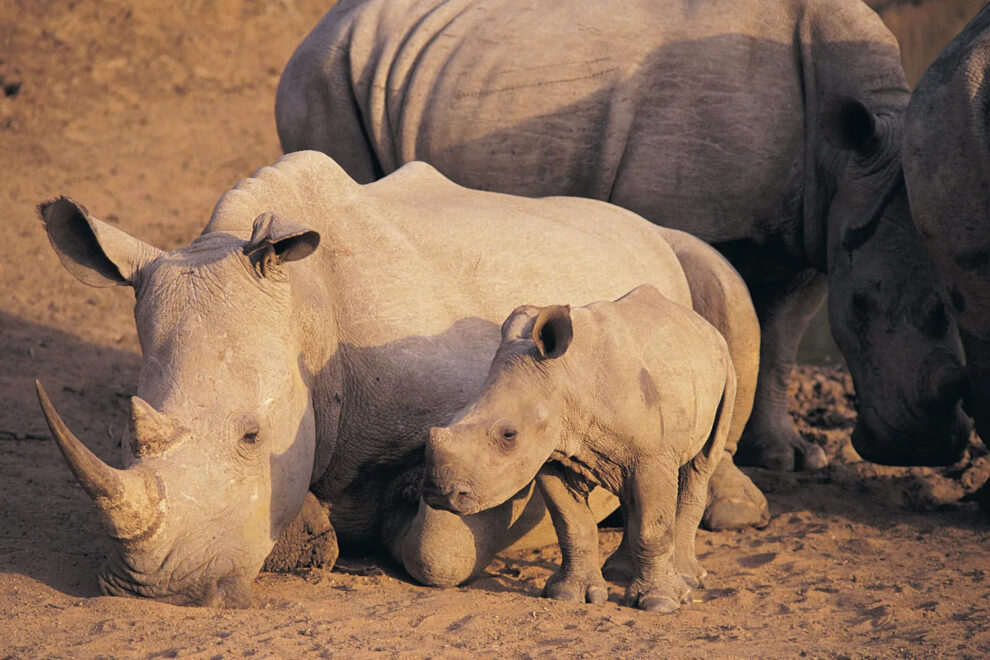Since the start of this year at least six rhinos have been poached in Namibia’s Etosha National Park. To prevent rhinos from becoming victims, Namibia’s Ministry of Environment, Forestry and Tourism recently started a campaign to dehorn 600 rhinos in the next 12 months.
The increasing incidence of rhino poaching has prompted Namibian authorities to embark on a variety of approaches to prevent would-be poachers from targeting the black rhino. This endangered species is often targeted because its horns are considered to have mystical value, as a valuable decoration and as well as medical benefits for consumers in Asian markets.
Speaking at the launch of the annual rhino horn-cutting campaign, Namibia’s Minister of Environment, Forestry and Tourism, Pohamba Shifeta, said cutting rhino horn would devalue a rhino and make it less of a target for poachers.
“We wanted to dehorn the rhinos so they would be safer, and also because they sometimes kill each other. Given the large number of deaths, it is known that natural deaths – especially among black rhinos – occur because fighting is so vicious among themselves.”
Recently a group was formed consisting of military personnel, police, prison guards and intelligence officials. Namibia Police Commander Naftal Lungameni Sakaria tells VOA poachers are still a threat to the country’s conservation efforts.
“Etosha National Park is a park where there is the largest population of rhinos in the world. So this step of cutting rhino horn is very important for this country. People from everywhere come as tourists, and are attracted by the idea that they have a high chance of seeing a rhino. And they can see it. So it is very important for this country,” he said.
Dr. Conrad Brain, a veterinarian, said that although rhino horn dehorning is an effective way to deter poachers, the practice can also impact rhino survival in the wild.
“There is a big project that Nabimia is doing with a university in America where they see the negative impact of dehorning, namely that rhino mothers cannot protect their offspring from predators because they no longer have horns.”
Brain said the findings were significant, but the positives of rhino horn cutting outweigh the negatives.
The rhino horn cutting program has been underway since 2014. This program will last for the next 12 months with a target of 600 rhinos.
The horn’s DNA was profiled, tagged and stored in a national repository. Namibia has tons of rhino horn, but Shifeta’s ministry did not elaborate for security reasons.
Under the Convention on International Trade in Endangered Species, or CITES, the trade in rhino horn is banned worldwide. At last year’s CITES meeting in Panama, Namibia tried to make the ban on rhino horn cutting – particularly of the white rhino – successful in raising money for many conservation efforts. However, that application has been rejected. [em/hr]
Source : VOA Indonesia
















